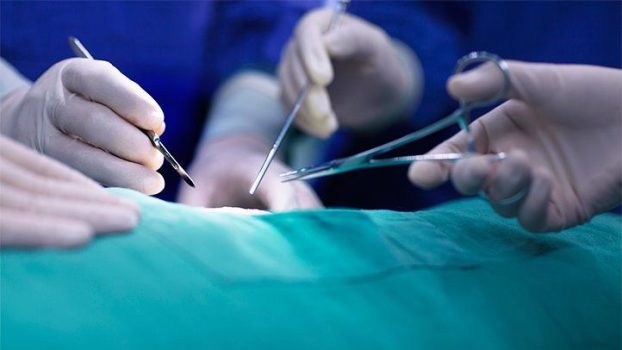Appendix surgery
Appendicitis is one of the most common conditions presented to the hospital. It is due to inflammation of the appendix when the appendix lumen is blocked.
The appendix is located over the right lower abdomen. Patients with appendicitis commonly experience initial pain over the central abdomen before it is localised over the right lower abdomen. Other associated symptoms of acute appendicitis are fever, nausea and vomiting, diarrhoea, and abdominal bloating.
Delayed treatment of acute appendicitis will lead to the progression of inflammation and perforation of the appendix (i.e. burst appendix). When the appendix has perforated, the area of pain will start to spread to a wider area of the abdomen; this is due to the accumulation of pus/abscess over a wider area in the abdomen. This may eventually lead to sepsis.
Blood tests and urine tests are frequently checked to look for other possible causes of abdominal pain.
Nowadays, the diagnosis of appendicitis is confirmed with a CT scan.
Laparoscopic appendicectomy:
Once the diagnosis is made, you will be started on antibiotics and surgery to remove the appendix will be offered. The appendix is an organ that we can live without, and can be safely removed.
A laparoscopic appendicectomy is a keyhole surgery method to remove the appendix. The surgery is performed under general anaesthesia and involves making small incisions to assist the surgery. For perforated appendicitis, a drain will be placed after the surgery to drain out the pus accumulated in the abdomen. If the appendicitis is complicated and involves the colon, a bigger incision will be needed to complete the surgery safely.







